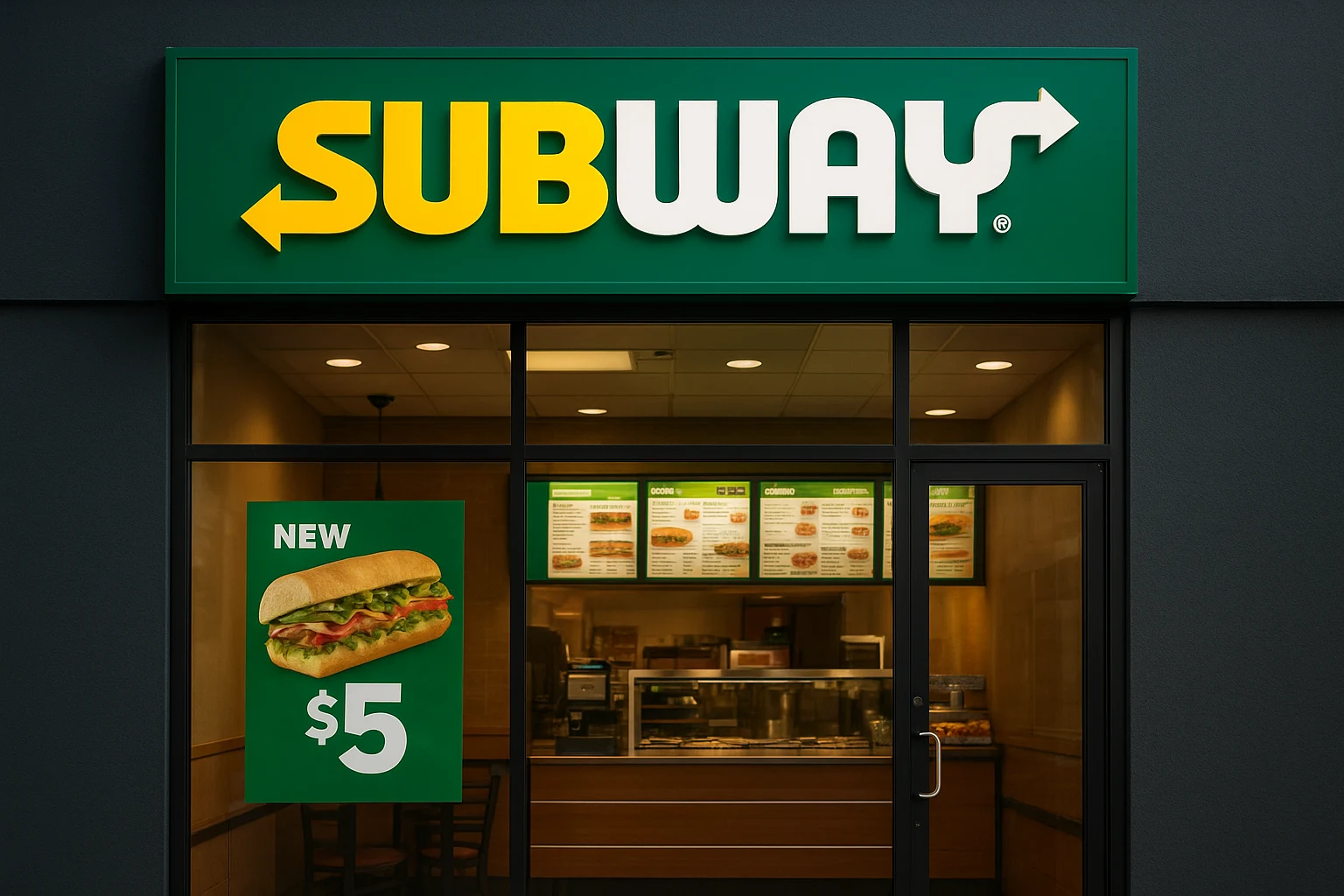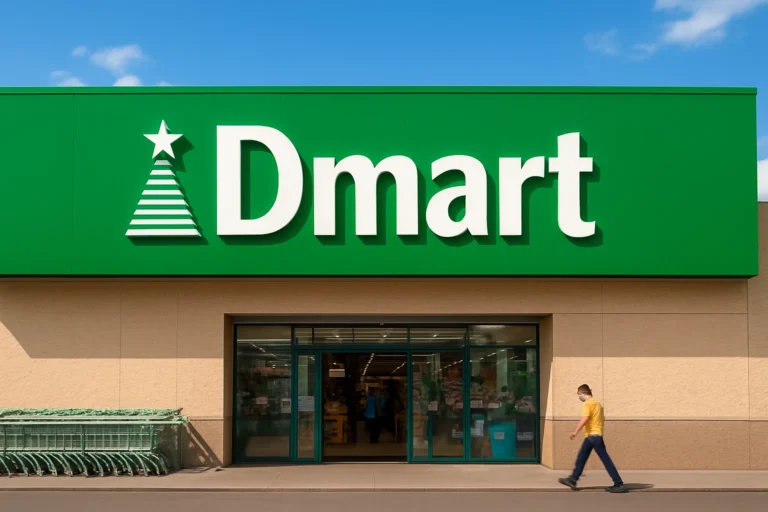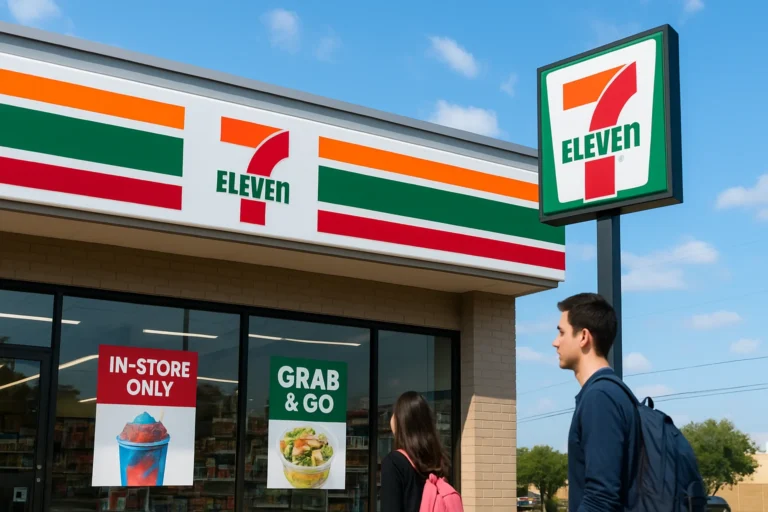When people think of global fast-food franchises, Subway often comes to mind as the king of quick, customizable sandwiches. But in 2025, Subway is not just about subs – it’s about reinvention, expansion, and strategic positioning in an increasingly competitive market.
1. Subway’s Recent Moves: A News-Style Update
In the last 12 months, Subway has:
- Announced one of its largest menu overhauls in years, with new bread recipes, premium proteins, and chef-inspired signature subs.
- Accelerated its international expansion, especially in Asia and the Middle East, where quick-service dining is on the rise.
- Entered discussions with major private equity firms for potential ownership transitions, signaling investor confidence in the brand’s comeback strategy.
- Launched AI-driven loyalty programs and app upgrades, aiming to capture Gen Z and millennial customers who demand personalization and digital-first experiences.
These shifts are designed to push Subway into a more modern, tech-enabled era while competing with giants like McDonald’s, KFC, and Domino’s.
2. Case Study: Subway vs. Firehouse Subs in the U.S.
Let’s compare Subway with Firehouse Subs, a rapidly growing competitor:
| Factor | Subway | Firehouse Subs |
| U.S. Locations (2025) | ~20,000+ | ~1,300+ |
| Global Presence | 100+ countries | Primarily U.S. |
| Average Unit Volume | Lower but improving post-menu overhaul | Higher, but with slower scaling |
| Tech Adoption | Advanced loyalty app & AI integration | Strong community/local engagement |
Key takeaway: Subway’s scale gives it global resilience, but its challenge lies in improving per-store profitability, where smaller competitors often outperform.
3. Deep Dive: Why Subway Matters in the Franchise Funnel
For franchise investors, Subway remains one of the most recognizable names in the world. Here’s why it continues to attract attention:
- Low Entry Costs: Historically, Subway has lower startup costs compared to other global brands.
- Brand Recognition: Subway is still a household name, even if competitors have stronger growth stories.
- Turnaround Potential: With digital tools, menu innovation, and expansion, Subway has positioned itself as a ‘comeback brand’—which can be attractive for growth-minded franchisees.
- Challenges to Watch: High competition, the need for store modernization, and the lingering impact of past store closures.
4. The Hybrid Tracking Angle: What Data Tells Us
Using publicly available tracking data:
- Subway store closures peaked around 2020-2022, but new openings abroad are now outpacing closures.
- Google Trends data shows a resurgence of interest in Subway, especially in Southeast Asia and Latin America.
- Franchise recruitment websites list Subway as a top-searched opportunity in the quick-service restaurant (QSR) segment for 2025.
Final Thoughts: Is Subway Still a Smart Bet?
Subway is not without risks, but it’s also not standing still. With ownership changes on the horizon, AI-driven loyalty strategies, and a renewed push for global dominance, Subway could be on the verge of a second golden era. For investors and franchisees, the brand represents a mix of stability, affordability, and comeback potential.
Pro tip for prospective franchisees: Watch for regional growth trends. Subway’s success stories in Asia and the Middle East may hold clues to its next big moves.
Bottom Line: Subway in 2025 is more than just a sandwich chain—it’s a case study in reinvention. For those tracking franchise opportunities, it’s one of the most interesting brands to watch this year.





